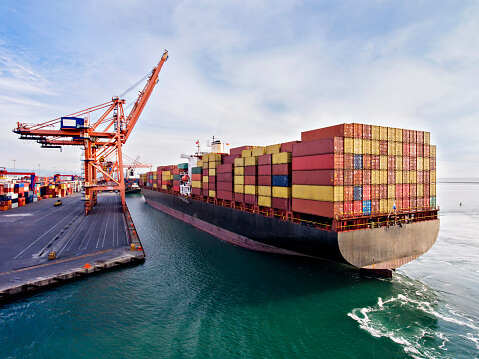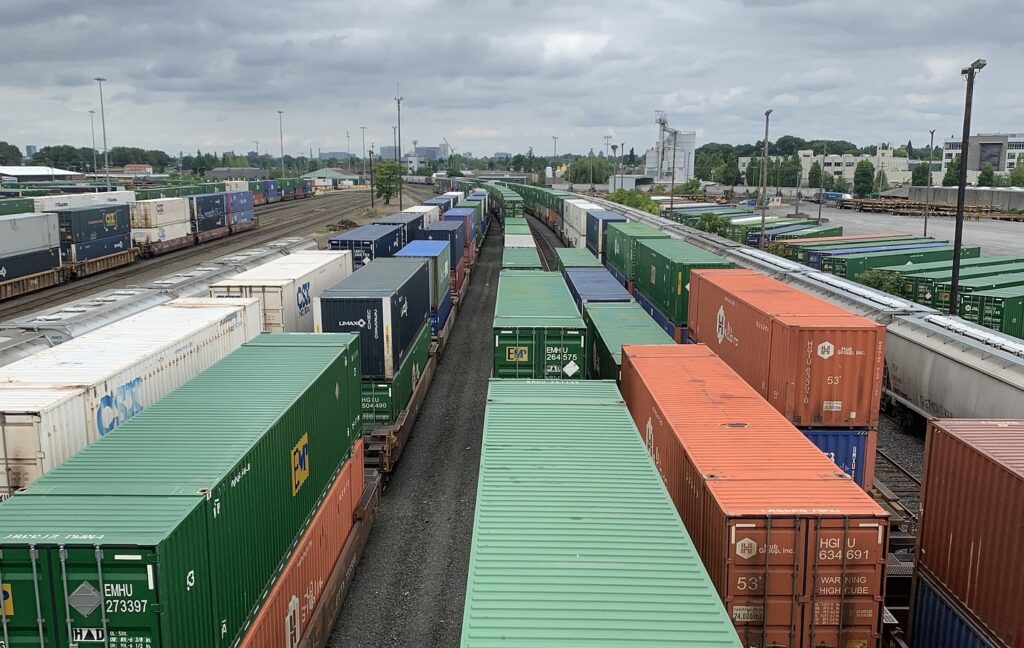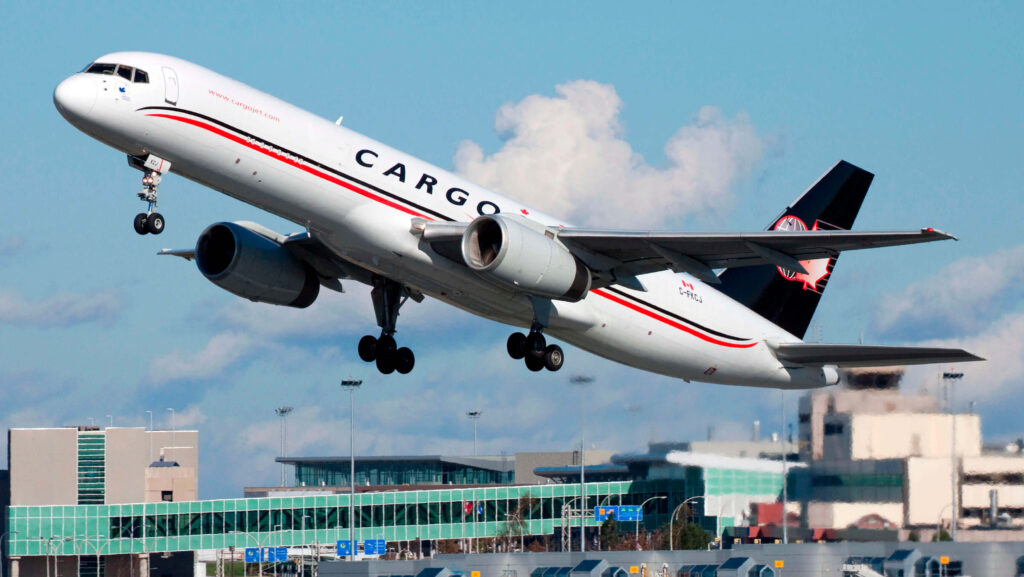Table of Contents
Efficient logistics determine success in food exports. The cheapest way to ship food products from China to Europe depends on balancing cost, transit time, and safety standards. Exporters must choose reliable routes, comply with strict EU food regulations, and ensure freshness from port to shelf.
Why Food Exporters Need Cost-Optimized Shipping Solutions
Global demand for Chinese food items—such as sauces, snacks, canned goods, and frozen foods—continues to grow. However, rising freight costs, temperature-sensitive goods, and EU customs restrictions make optimization essential. By selecting the right shipping mode, businesses can cut expenses without compromising quality.
Moreover, EU buyers often require stable supply chains, timely customs clearance, and proper temperature control. Therefore, logistics planning becomes as crucial as product quality itself.
What Shipping Methods Are Available for Food Products?
Different shipping modes suit different product types. Dry goods, frozen foods, and beverages each have distinct needs.
| Method | Average Cost (USD/kg) | Transit Time | Best For | Pros | Cons |
|---|---|---|---|---|---|
| Sea Freight | 0.5 – 1.5 | 25–40 days | Bulk dry/frozen goods | Cheapest, high volume | Long transit time |
| Rail Freight | 2.0 – 3.5 | 15–25 days | Packaged foods | Balance of cost & speed | Limited coverage |
| Air Freight | 5.5 – 9.0 | 3–7 days | Perishable, urgent goods | Fast & reliable | Highest cost |
Sea freight is typically the cheapest way to ship food products from China to Europe, especially for dry and frozen items with longer shelf lives.
How to Choose the Most Cost-Effective Route
Selecting routes can affect both cost and freshness. Below are major logistics corridors used for food shipping:
| Route | Main Ports or Hubs | Transit Time | Typical Cost (USD/kg) |
|---|---|---|---|
| Shanghai → Rotterdam | Sea | 30–40 days | 1.2 – 1.5 |
| Shenzhen → Hamburg | Sea | 28–35 days | 1.0 – 1.4 |
| Xi’an → Warsaw | Rail | 15–20 days | 2.5 – 3.2 |
| Guangzhou → Paris | Air | 4–6 days | 6.0 – 8.0 |
Direct rail and sea routes via Central Asia reduce handling and often save customs time, especially under the China–Europe Railway Express system.
What Are the Key Documents for Exporting Food to Europe?
Documentation accuracy is vital for customs compliance and product approval. Incomplete files can cause border delays or even rejection.
| Document | Purpose |
|---|---|
| Commercial Invoice | Declares value and origin |
| Packing List | Details items and quantities |
| Bill of Lading / Air Waybill | Confirms transport contract |
| Health Certificate | Verifies product safety |
| Certificate of Origin | Confirms manufacturing country |
| Import License | Required for certain categories |
| Temperature Log (if frozen) | Tracks cold-chain conditions |
Additionally, exporters must follow EU Regulation (EC) No 852/2004 for food hygiene and Regulation 1169/2011 for labeling.
How to Maintain Food Quality During Transport
Temperature and humidity control ensure food safety throughout transit. Exporters should apply:
- Refrigerated or frozen containers (reefer units) for seafood, meat, and dairy.
- Vacuum-sealed packaging for snacks and dried goods.
- Moisture-absorbing liners inside containers.
- Real-time temperature monitoring for sensitive goods.
- Proper pallet stacking to prevent crushing or leakage.
Moreover, products should comply with ISO 22000 or HACCP certification for international food safety.
Real Case Studies: Shipping Food from China to Europe
Case 1: Frozen Seafood — Qingdao to Rotterdam
- Volume: 12 tons (reefer container)
- Mode: Sea freight
- Transit time: 33 days
- Cost: USD 15,000 (USD 1.25/kg)
- Outcome: Maintained temperature at -18°C; cleared customs in 36 hours
Case 2: Instant Noodles — Chengdu to Warsaw
- Volume: 8 tons
- Mode: Rail freight
- Transit time: 17 days
- Cost: USD 23,200 (USD 2.9/kg)
- Outcome: Arrived early; no damage or spoilage
What Are the Pros and Cons of Each Shipping Method?
| Method | Advantages | Disadvantages |
|---|---|---|
| Sea Freight | Lowest cost, large volume, suitable for frozen/dry food | Long transit, higher spoilage risk |
| Rail Freight | Moderate cost, faster than sea | Route limitations, weight constraints |
| Air Freight | Fastest, best for high-value goods | Expensive, limited volume |
| Multimodal Freight | Combines cost and speed efficiency | Requires coordination between carriers |
Using multimodal transport—sea + rail or air + truck—can optimize delivery cost and efficiency for various food categories.
How to Reduce Overall Shipping Costs
Several strategies can significantly lower export expenses:
- Consolidate shipments to share container costs with others.
- Book off-peak seasons when freight rates drop.
- Choose nearby European hubs such as Rotterdam or Hamburg for better distribution.
- Negotiate long-term contracts with freight forwarders.
- Ensure correct HS codes to avoid fines or misclassification.
Furthermore, monitoring global fuel prices and seasonal rate fluctuations can help plan optimal booking times.
Conclusion
Selecting the cheapest way to ship food products from China to Europe involves balancing cost, safety, and delivery reliability. Sea freight remains the most economical choice for bulk goods, while air and rail options offer faster alternatives for time-sensitive or smaller shipments. With strategic route planning, precise documentation, and experienced freight partners, exporters can achieve affordable, compliant, and efficient delivery across Europe.
Request a Quote
Need a tailored solution for your shipping from China?
Let TJ China Freight Forwarder assist you with reliable, cost-effective service.
FAQ:
Q1.How much does it cost to ship food from China to Europe?
Costs range from USD 1–3 per kg for sea or rail freight and 6–9 per kg for air freight, depending on product type.
Q2.Can frozen foods be shipped by sea?
Yes, reefer containers maintain -18°C or lower, ideal for seafood, meat, and frozen vegetables during long ocean voyages.
Q3.What documents are needed for exporting food to Europe?
Exporters require invoices, health certificates, packing lists, and EU-compliant labeling to clear customs efficiently.
Q4.How long does sea freight from China to Europe take?
Transit usually takes 25–40 days, depending on the port of departure, destination, and route conditions.
Q5.What is the best shipping method for dry food products?
Sea freight or rail transport is most cost-effective for bulk dry foods with longer shelf life.




